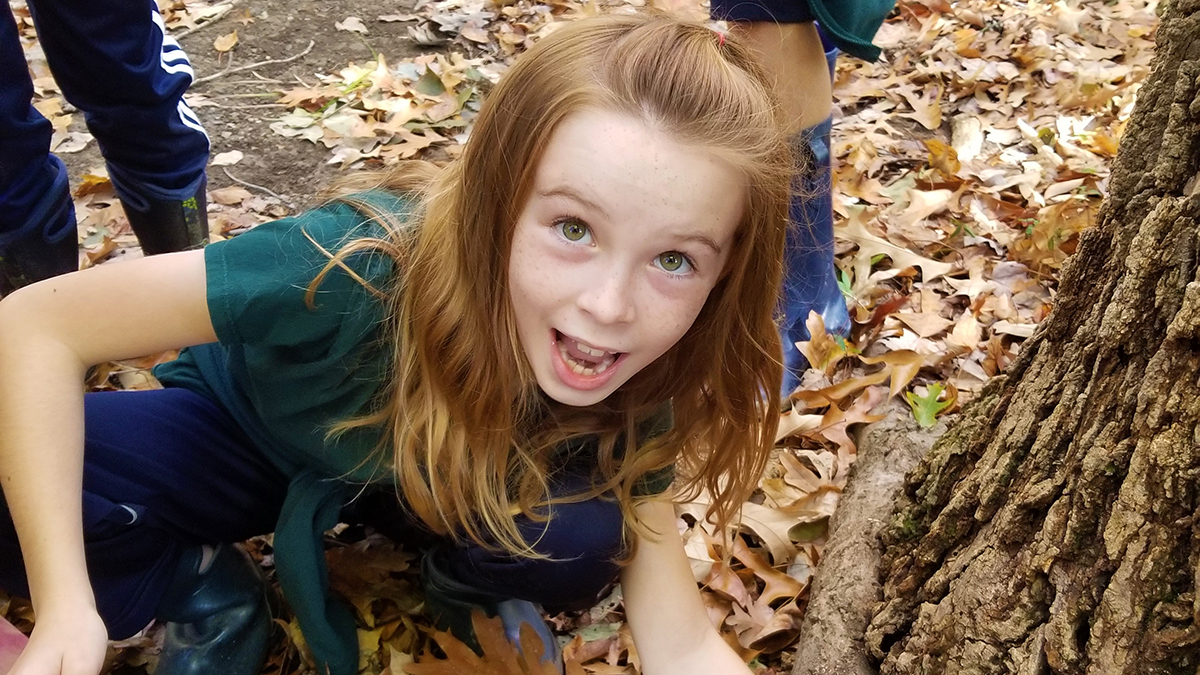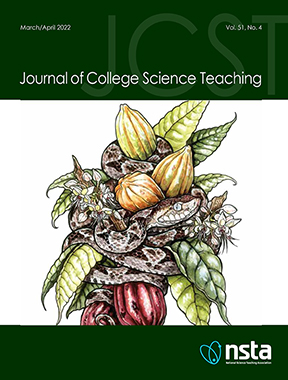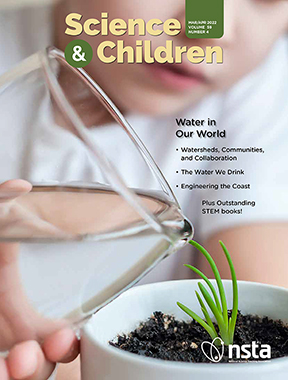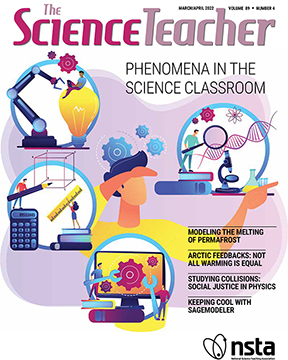Archive: Let’s Talk About How to get Published in Science Scope! May 3, 2022
Science Scope is an award-winning, peer-reviewed, practitioner's journal for grade 6–8 teachers, university faculty responsible for teacher preparation, and state and district science, supervisors and leaders.
Science Scope is an award-winning, peer-reviewed, practitioner's journal for grade 6–8 teachers, university faculty responsible for teacher preparation, and state and district science, supervisors and leaders.
Science Scope is an award-winning, peer-reviewed, practitioner's journal for grade 6–8 teachers, university faculty responsible for teacher preparation, and state and district science, supervisors and leaders.
Science Scope is an award-winning, peer-reviewed, practitioner's journal for grade 6–8 teachers, university faculty responsible for teacher preparation, and state and district science, supervisors and leaders.







